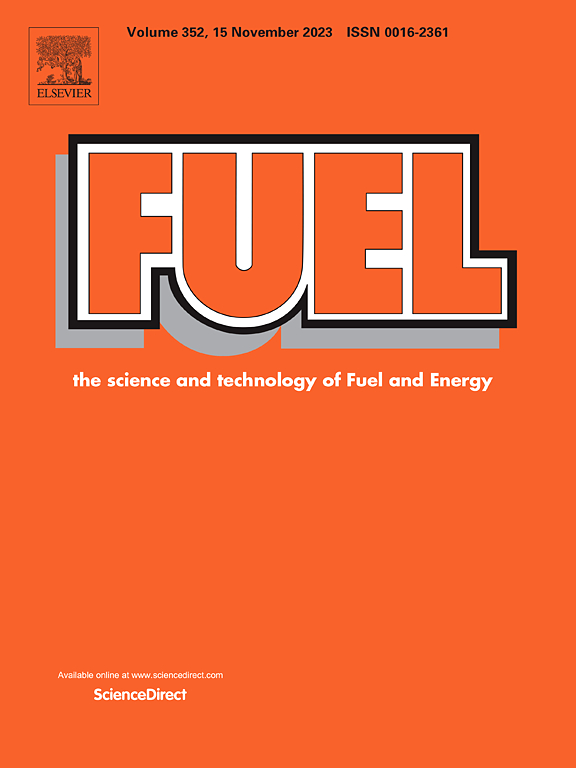Investigation of methanol steam reforming reactors with different catalyst support structures on hydrogen production efficiency and methanol conversion
IF 6.7
1区 工程技术
Q2 ENERGY & FUELS
引用次数: 0
Abstract
Hydrogen is known for its high energy density and pollution-free nature, but it faces challenges in storage and transportation. Methanol, as a liquid fuel, offers a promising solution through methanol steam reforming to produce hydrogen. This paper presents an in-depth study of the support structure shape of a methanol steam reforming hydrogen production reactor and employs principal component analysis (PCA) for hydrogen production efficiency analysis. Aligning with various catalyst support optimization objectives, three distinct optimization strategies are proposed. These approaches are designed to enhance the reactor’s overall heat and mass transfer capacities, thereby increasing both the methanol conversion rate and the hydrogen production rate. Through experimental validation of reaction kinetics coupled with comprehensive numerical simulations, our systematic investigation conclusively demonstrates that the “tubular snake flow channel structure” design exhibits superior reaction performance. Under the specific snake flow configuration, both the hydrogen production rate and methanol conversion rate reach remarkable levels. To further improve the reactor’s overall performance, a composite support structure reactor is constructed by meticulously combining multiple support structure optimization schemes. The results show that the composite reactor achieves a methanol conversion rate of 88.245% and a hydrogen output of 46.216 L per hour. The study provides a feasible approach for improving hydrogen production efficiency and optimizing the structure of methanol reforming reactors.
采用不同催化剂载体结构的甲醇蒸汽转化反应器对制氢效率和甲醇转化率的影响研究
本文章由计算机程序翻译,如有差异,请以英文原文为准。
求助全文
约1分钟内获得全文
求助全文
来源期刊

Fuel
工程技术-工程:化工
CiteScore
12.80
自引率
20.30%
发文量
3506
审稿时长
64 days
期刊介绍:
The exploration of energy sources remains a critical matter of study. For the past nine decades, fuel has consistently held the forefront in primary research efforts within the field of energy science. This area of investigation encompasses a wide range of subjects, with a particular emphasis on emerging concerns like environmental factors and pollution.
 求助内容:
求助内容: 应助结果提醒方式:
应助结果提醒方式:


